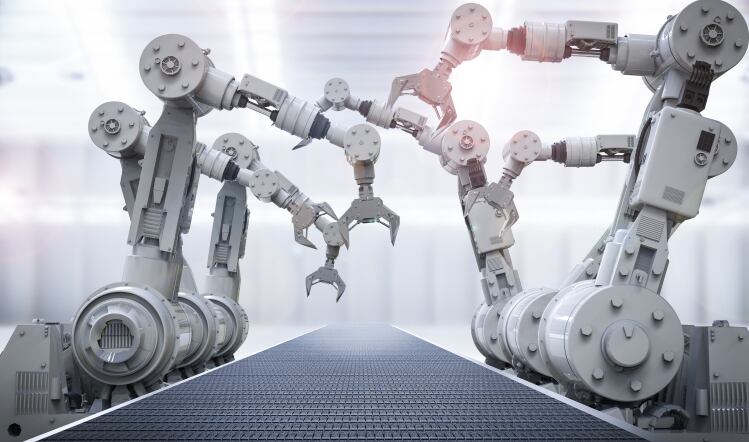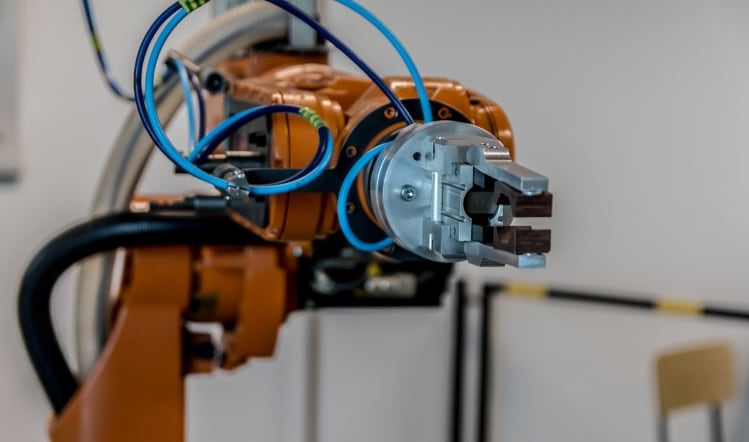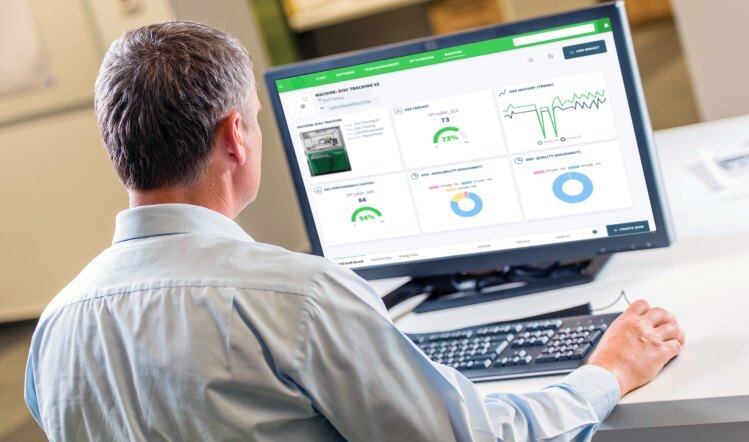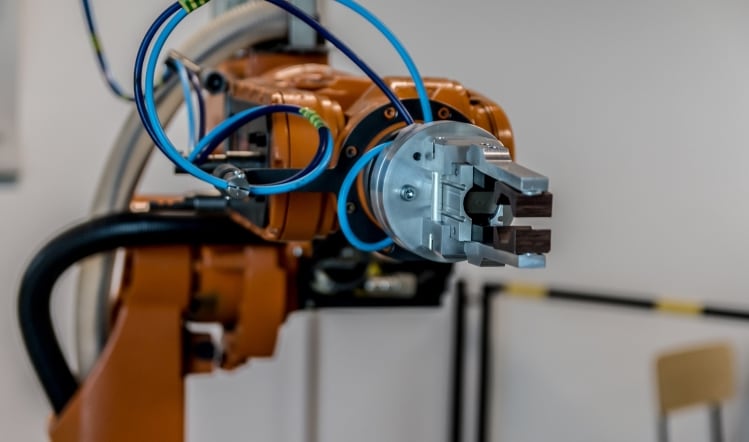Lights-out factories that chug away without the need for any people might be the end-point for future food production – but the stark reality is they won’t be a reality any time soon.
Instead, human operators are likely to remain a shop floor fixture for the foreseeable future and, increasingly, they’ll be working side-by-side with robots. Where conventional automation projects typically have physical barriers that keep the workforce and fast-moving industrial robots separate, collaborative robots – or cobots – operate in the same space.
Cobot recruitment is already happening, thanks in part to demand-side labour issues and the drive for higher productivity. And on the supply side, falling costs, technical advances and creative contractual models are all driving the cobot agenda forward.
In addition – and in stark contrast with conventional automation projects that might take months to design and install – robotic equipment is now available off-the-shelf, making it quick and easy to deploy.
“Hiring one of our cobots works out at £65 a day, which is similar to a salary,” says Tim Warrington, managing director of Bots UK, which distributes robots from a variety of manufacturers, including Kassaw, Universal and Franka Panda. “These robots can run 24/7 and you only have to commit to one month at a time.”
Cobots are particularly suited to the jobs people don’t want to do, Warrington suggests. “You can put a robot in and redeploy the person somewhere else. Initially, they’re often seen as a threat, but as soon as the managing director says that you don’t have to do this job any more and can go and do something more interesting, the worker is more than grateful.”
Surge in demand
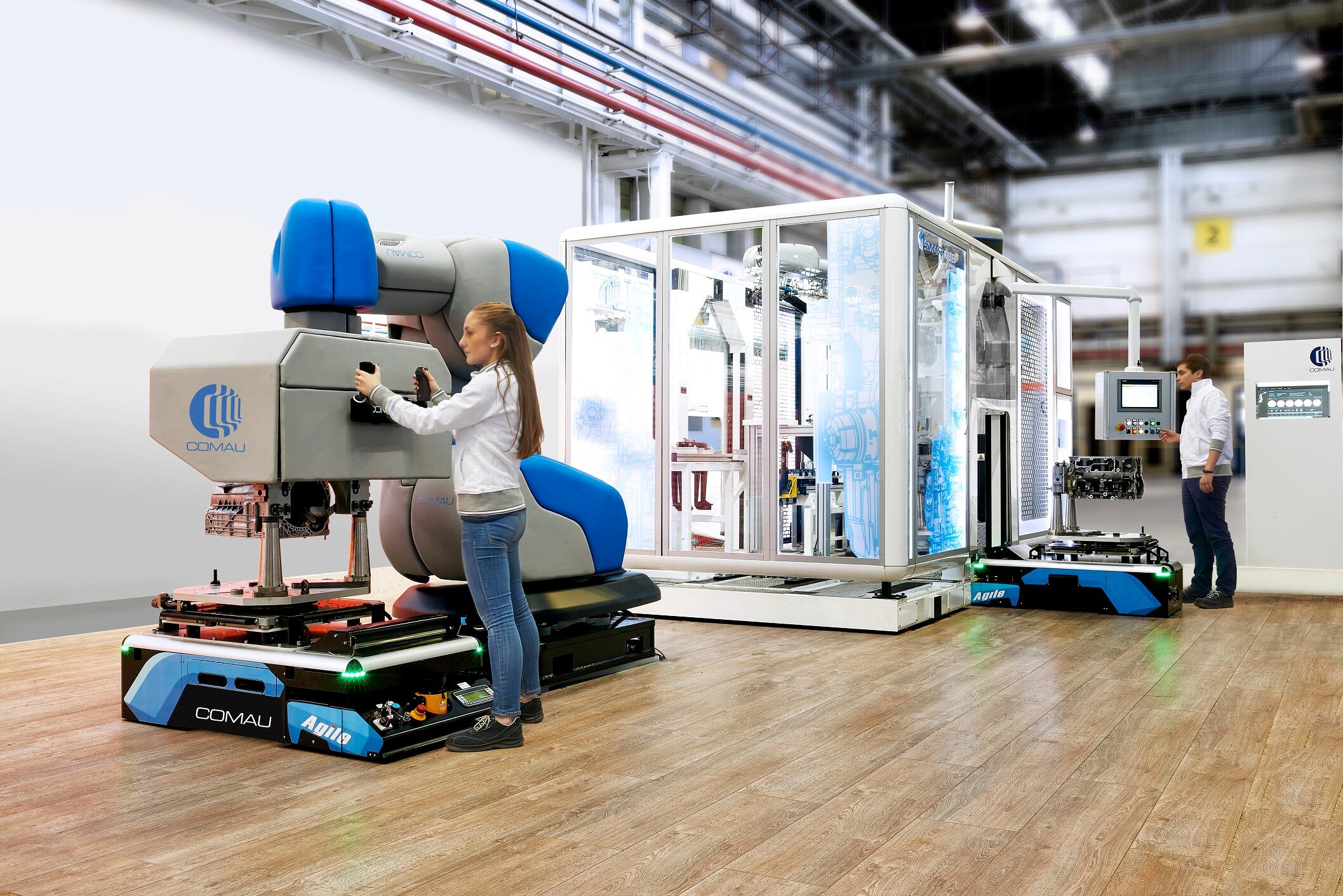
Bots UK has been offering the hire model for two years, but Warrington says demand recently has been surging. “This year, we are run off our feet. With Brexit especially, labour is leaving and we are absolutely rammed. As well as robotic
arms, we’re also seeing a lot of interest in the MIR mobile robots that can trundle around carrying pallets instead of using forklift trucks.”
People get comfortable with the physical presence of cobots pretty quickly, claim vendors. Most models are small and slow-moving enough (at least when they’re operating in cobot mode) not to look especially imposing. The Aura from Comau is a possible exception. With a payload capacity of 170kg and reach of 2.8 metres, this big beast has been taking on palletising and other heavy-duty jobs in the UK for over a year.
Aura counters its size and power with a shock-absorbing foam skin in addition to other safety features. “Aura skin technology is composed of safety sensors and a thick and soft shock-absorbing layer. This makes the Aura cobot feel intrinsically safe due to its soft and friendly aspect,” says George Thompson, accounts manager for robotics at Comau UK. “This allows the human operators to work alongside the robot without being afraid.”
“Initially, people are quite sensitive and cautious around them, but it soon becomes like any other piece of equipment,” says Mark Gray, UK sales manager for Universal Robotics, which offers cobot arms in three different sizes, the largest of which has a reach of 1.3 metres and a 10kg payload. “What we see is people tend to enjoy working alongside them.”
Flexibility and productivity
So, workers generally don’t have a problem with their new workmates taking on repetitive, potentially injury-inducing jobs. But for managers looking to invest, it’s the added flexibility and productivity that are the most enticing possibilities associated with freeing robots from their cages.
“They can be moved around the factory, so you can have one unit and assign it to different tasks as needed, like you would with a person,” says Gray. “We call it flexible certainty. It’s flexible because you can use it for lots of different tasks, but it also gives them certainty about ongoing costs at a time when labour rates are going to increase.”
Productivity is the other big selling point, Gray adds. “The advantage of having them work alongside people is that the robot is setting the pace and working continuously, so it improves the productivity of the people working with it. The productivity of each person can increase by 85%.”
In practice, robots are only as flexible as their programming allows and this is one area that has improved dramatically, say suppliers. Intuitive, menu-driven programming and hand-guided training modes mean that no expertise and only a small amount of training is needed to get robotic recruits up to speed on a new task.
“By using Aura features like PickApp and Hand Guidance, it is possible to re-program the working cycle of the robot easily and quickly,” says Thompson at Comau. “With its easy-to-use interface, Aura can be programmed with new collaborative tasks by users that are not familiar with it.”
With new customers, Comau will provide up to a day’s training, but “it normally only takes an hour,” says Warrington. “That’s the tipping point really – taking them out of the hands of engineers. If you can operate a mobile phone, you can operate a robot.
“They have hundreds or thousands of programs on them, so you could pack, say, boxes of sweets one day and change the program and pack bread the next. In the old days, automation used to mean spending a lot of money automating a set task that couldn’t easily be changed.”
Of course, all this free-range behaviour is contingent on the robots operating safely around people. Different safety systems can be built in, depending on the application, but sensors to detect proximity and/or contact are the typical starting point.
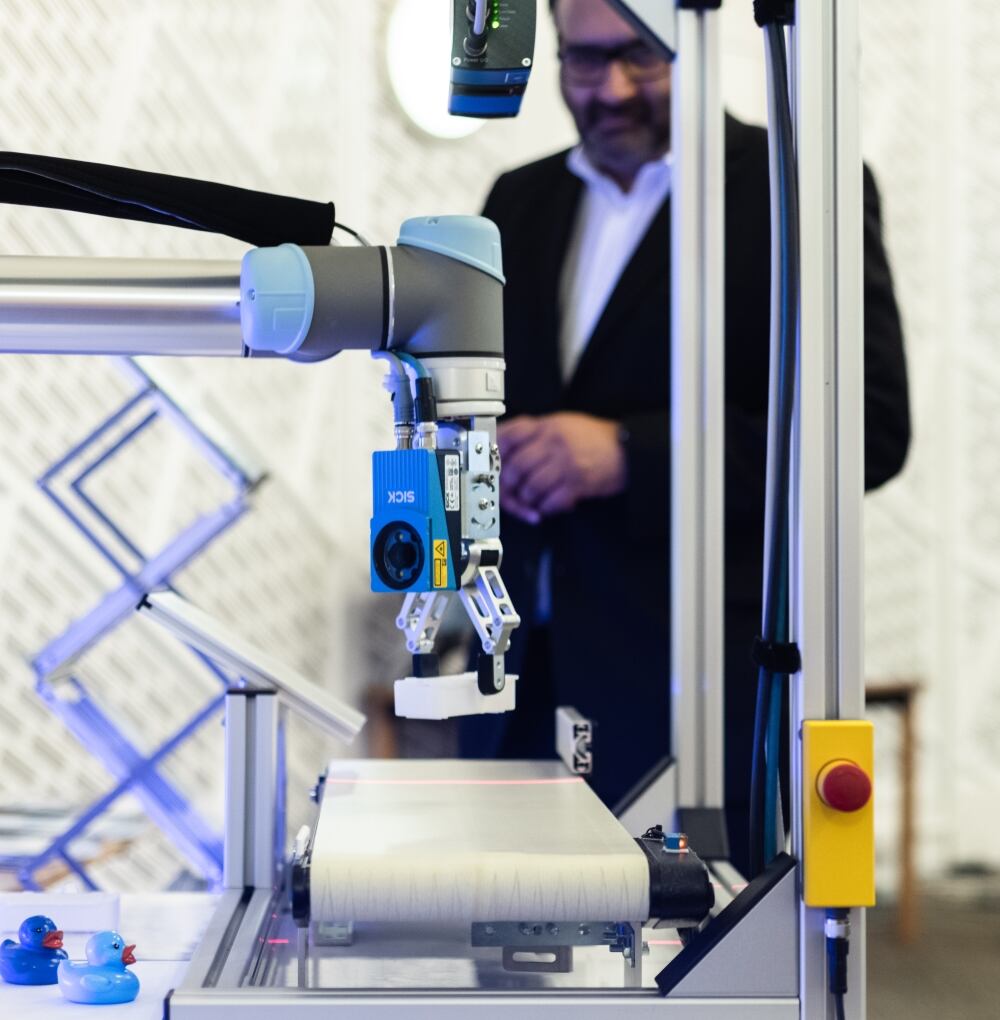
Gray says bumping into a robotic arm from Universal is like bumping into another person. “All the joint motors link to different safety systems, so our robots are designed from the start to be collaborative,” he explains. “We can also link to a scanner, so it slows down when something gets close to it.”
Similarly, the Aura can combine the sensors embedded in its foam skin with laser scanners to spot when someone is getting too close. These mean it slows down, and only stops completely when it is very close or in contact with the worker.
Risk assessment issue
It looks like cobots will be coming to a factory near you soon then. However, some smart thinking will be needed if their flexibility is going to be fully realised, suggests Matt Rayment, chief engineer for food and drink with the Manufacturing Technology Centre. In particular, Rayment believes that risk assessments pose a challenge that many cobot developers and would-be users overlook.
“In a conventional automation project you’d carry out a static risk assessment. But if you want to change the task a cobot is doing, you’d need a new risk assessment each time. Health and safety haven’t really gone through the collaborative journey in the same way as the engineers. It could be a real blind spot. The question becomes, how can we automate the risk assessment process so they can be quickly signed off in new situations?”
He also cautions that no cobot so far can match the flexibility of a person. “Robots may not always be able to help with the challenges that food companies face,” Rayment adds.
Development work, however, is continuing on several fronts – as demonstrated by improvements in pick-and-place capabilities.
“There is a lot of work going into 3D bin picking,” says Earl Yardley, director at Industrial Vision Systems. “This will allow autonomous selection of components from a bucket/pallet with no orientation required. This is one of the big tasks that a human is good at, and that vision and robotics struggle with. We will see a huge increase in complex robot picking in the coming years.”

